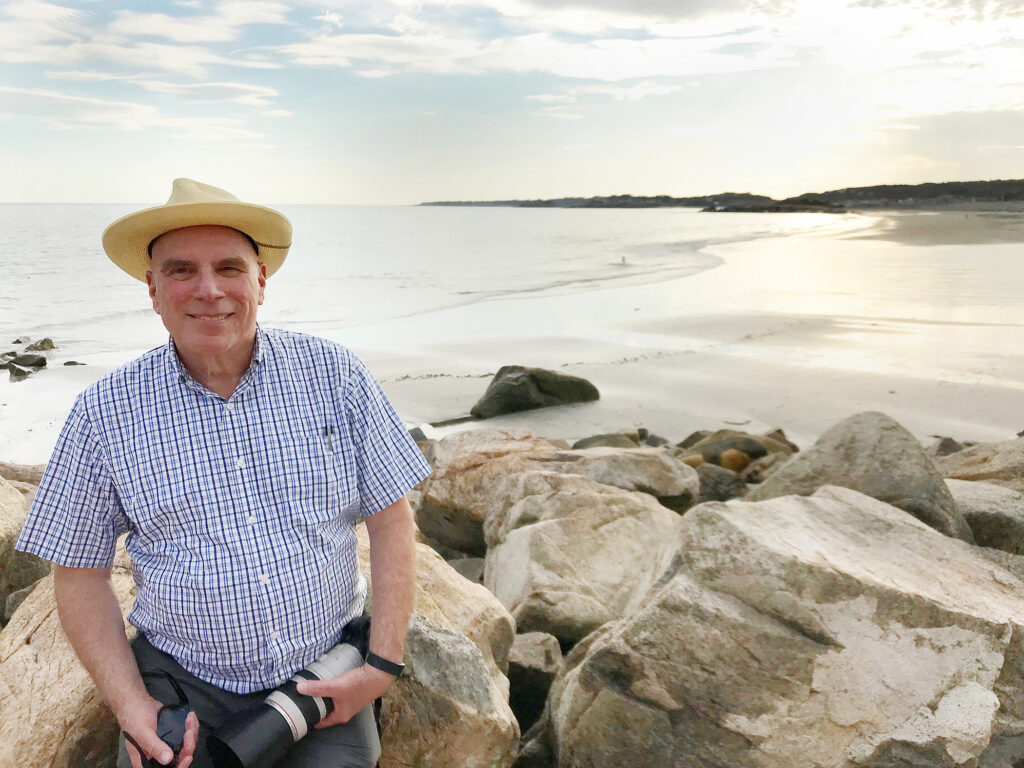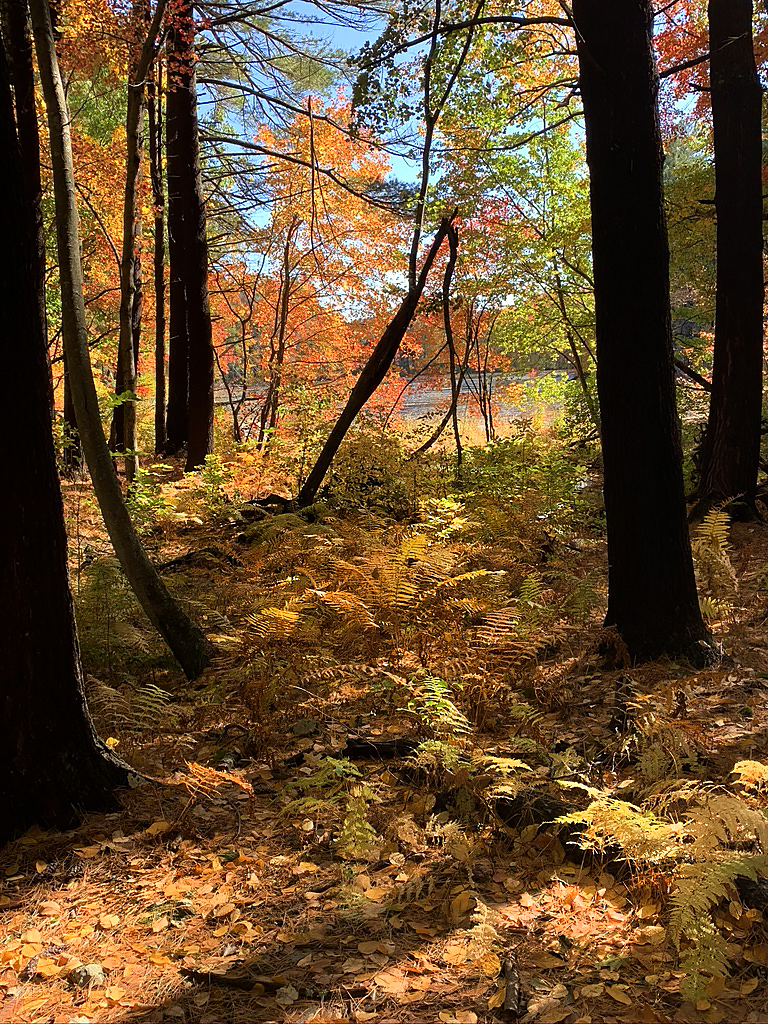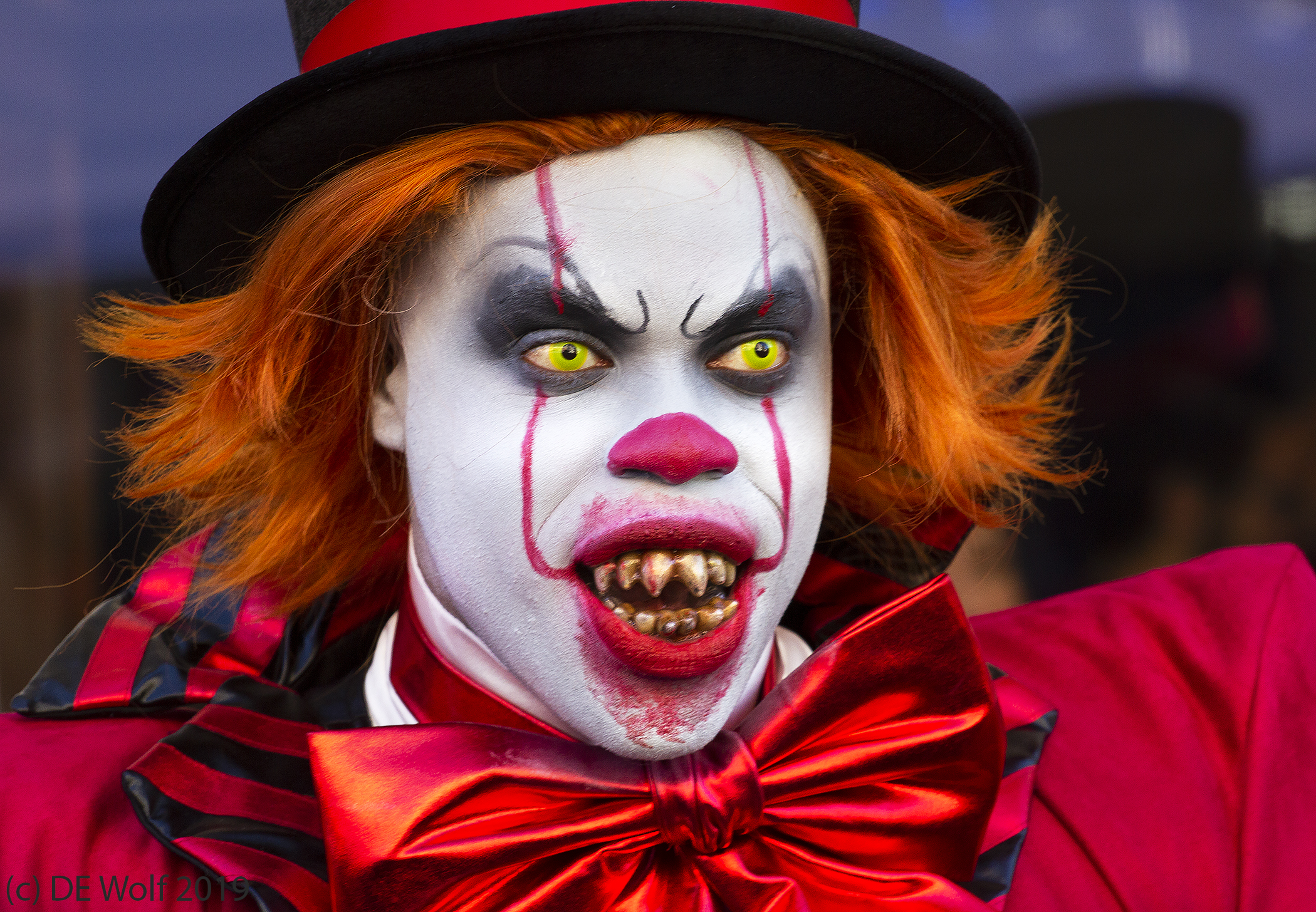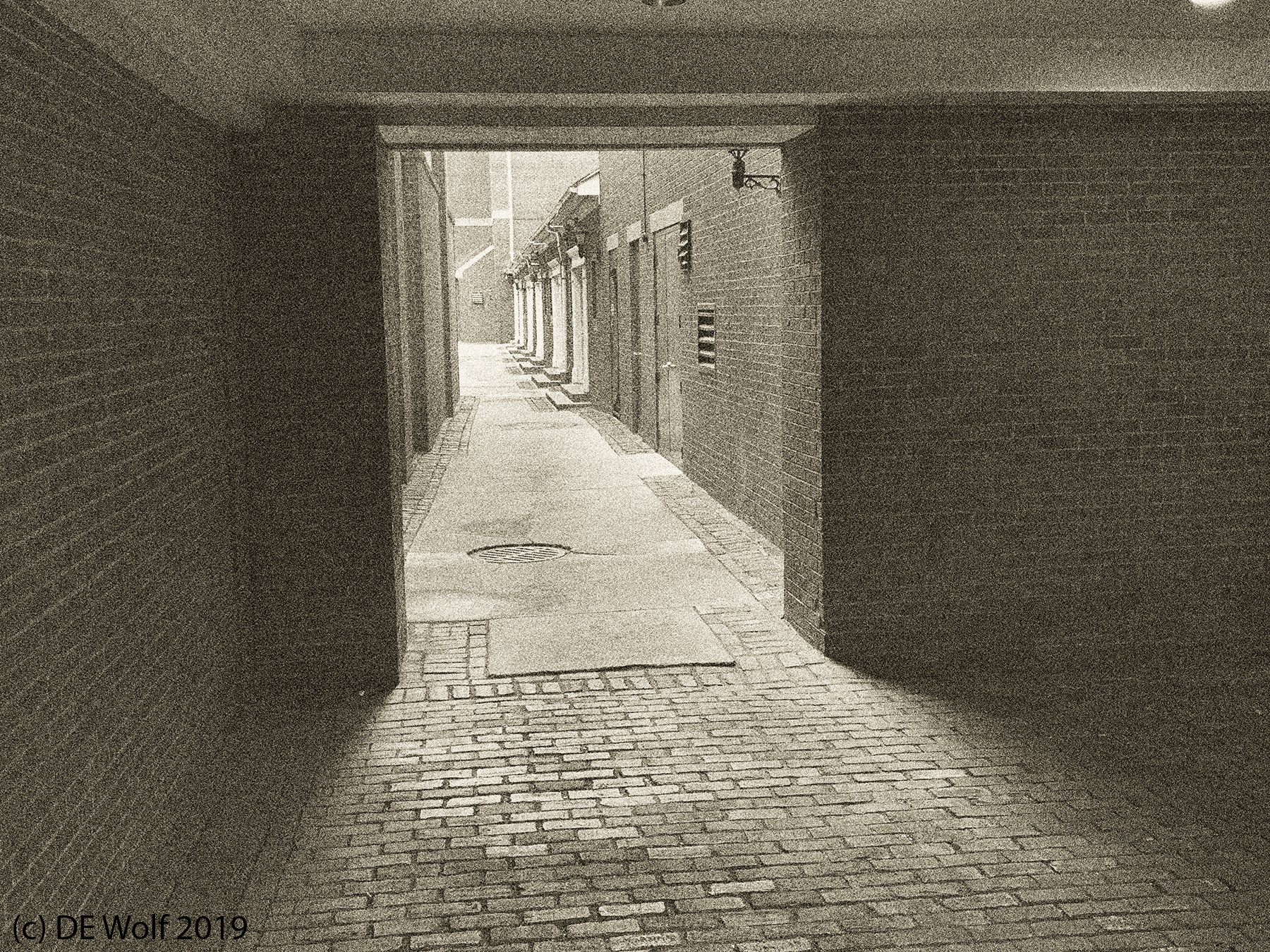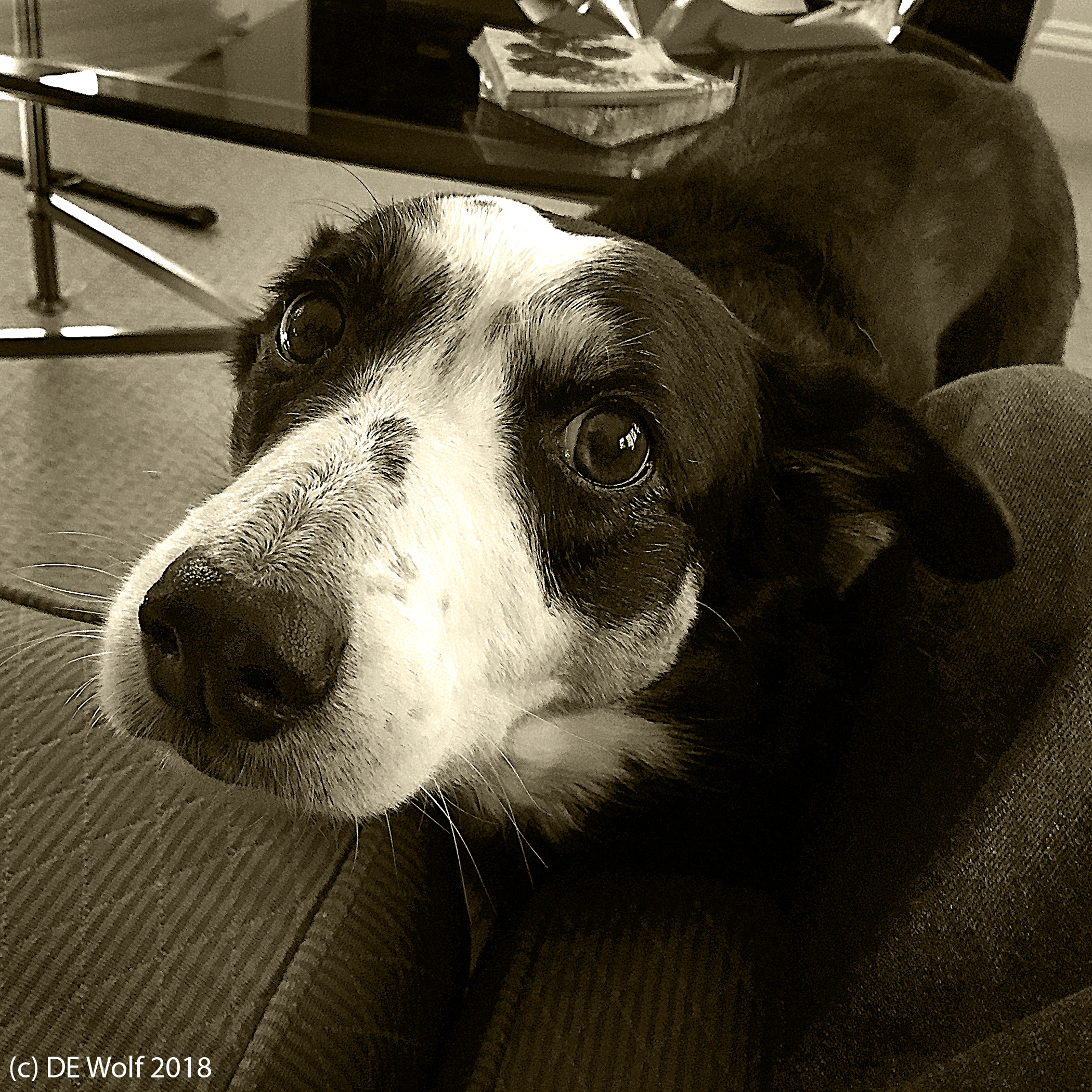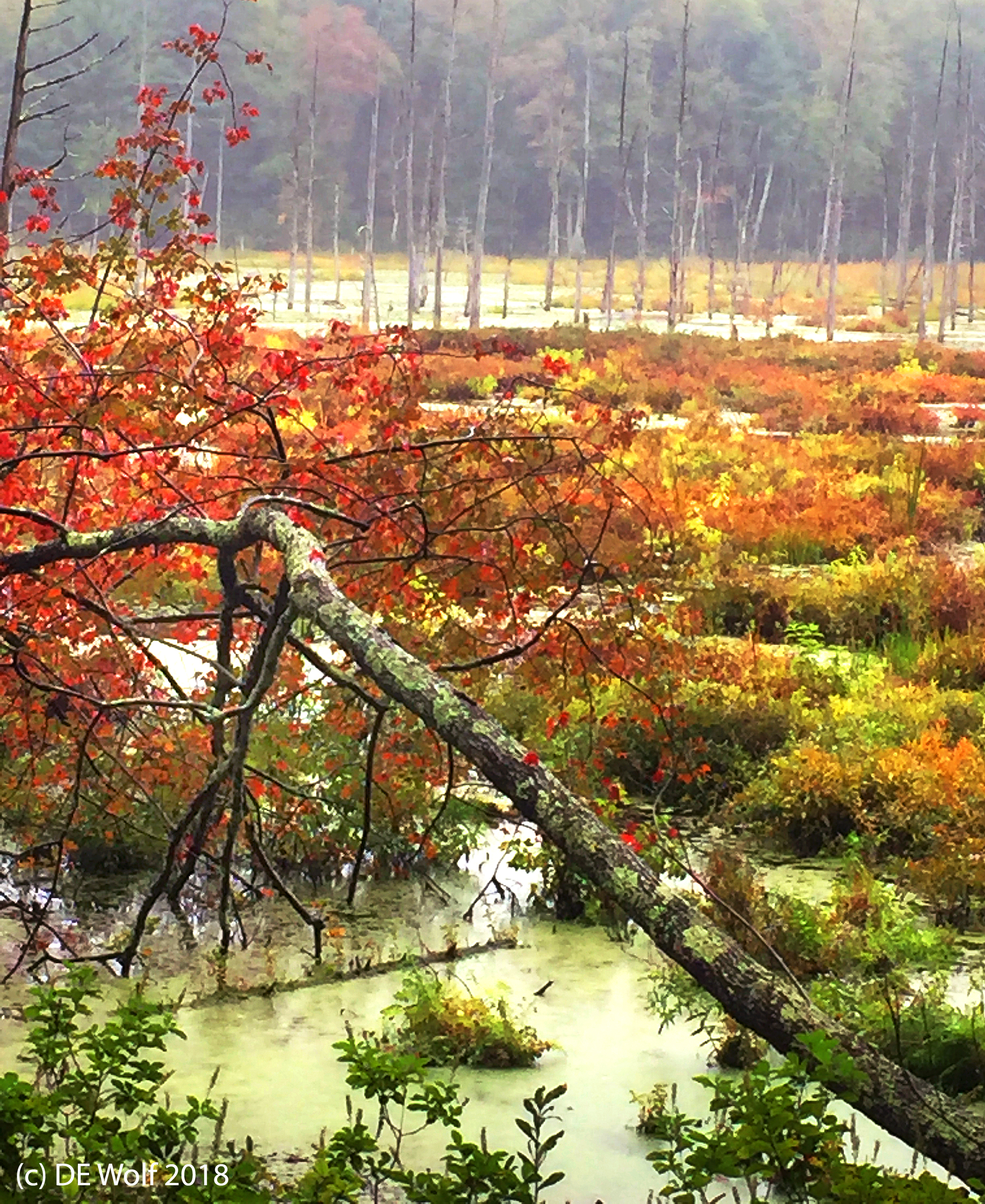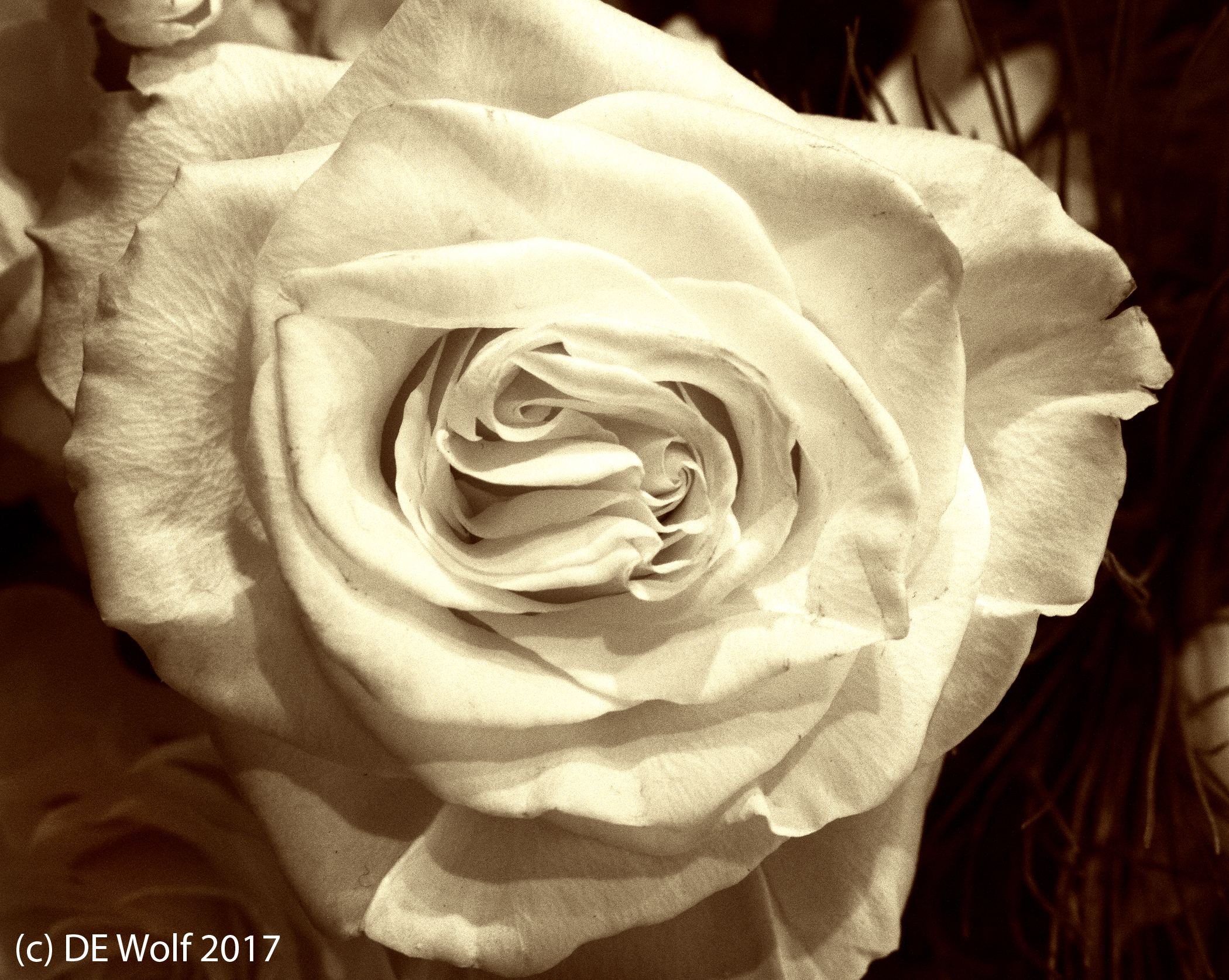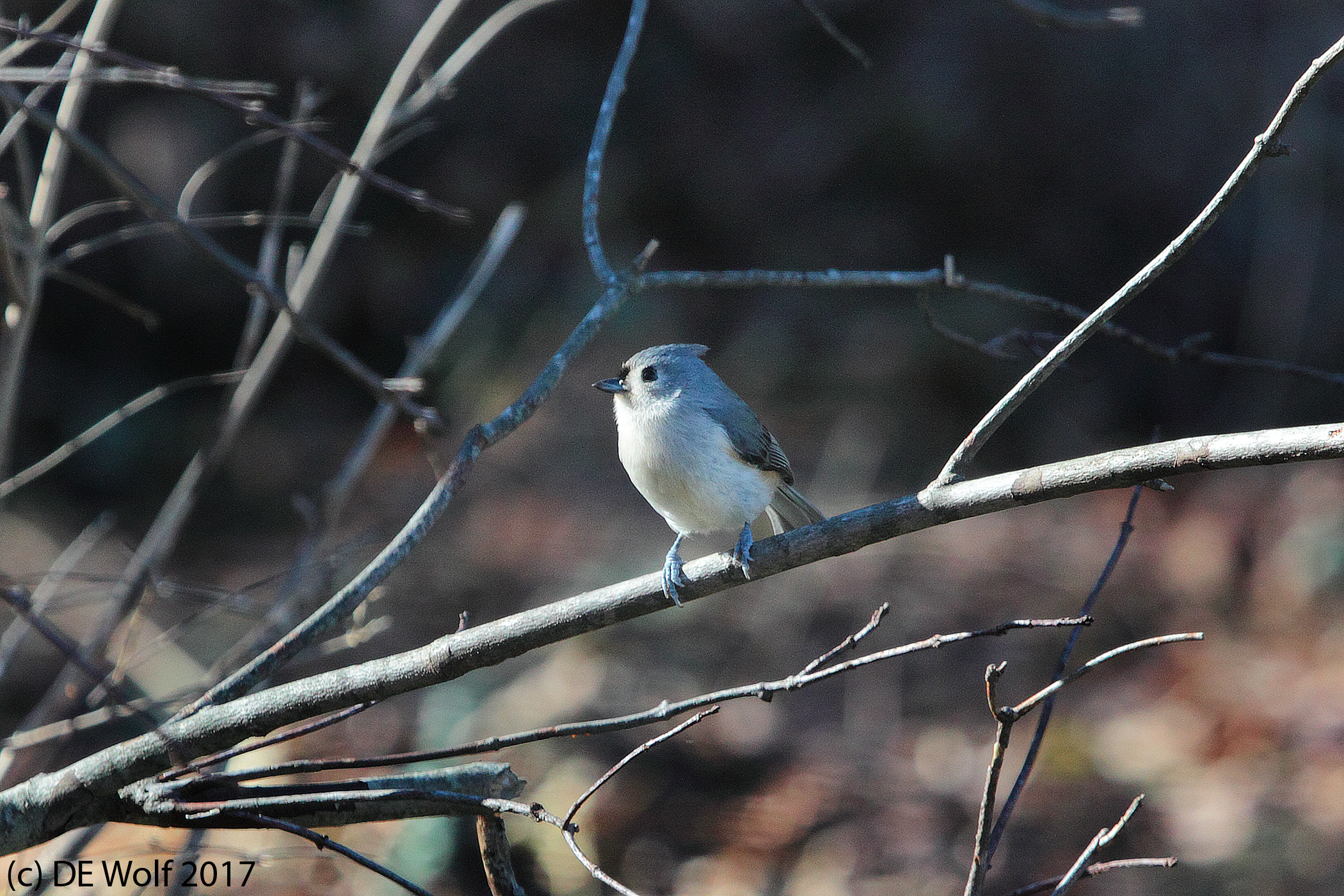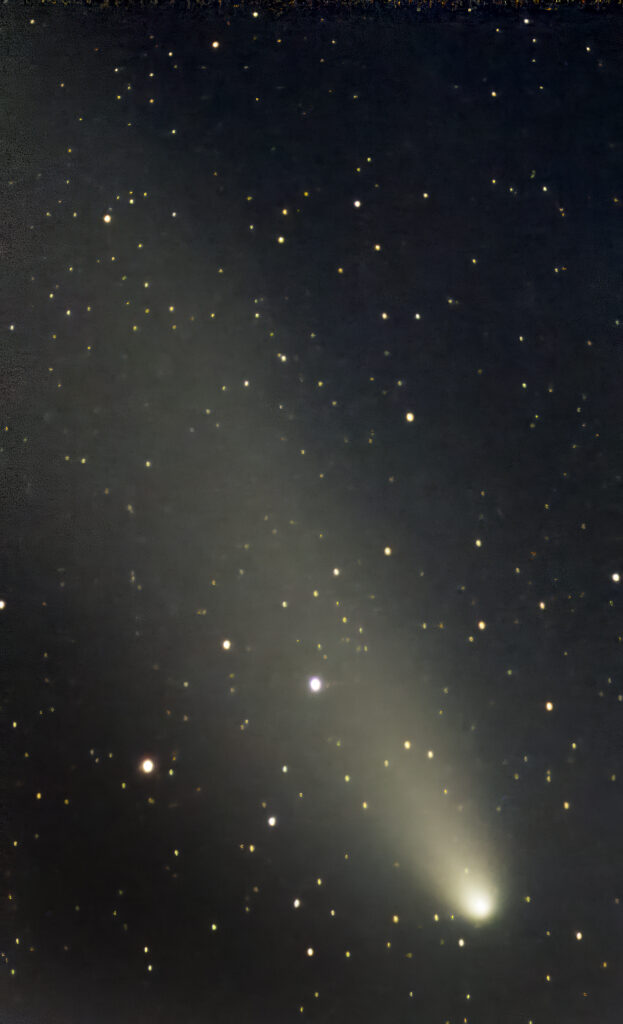
Figure 1 – Comet Tusuchinshan Atlas bidding farewell to Earth and Earthlings on October 27, 2024 seen here with the SeeStar 50s. Five minute exposure. (c) DE Wolf 2024
You may have noted a paucity of blogs here lately. I have finally come to grips with the fact that my photography over the last year has become more and more astrophotography. Astronomy was the keystone of my nerd days in my teens. Whom am I fooling? I am still a major techno-nerd. In those days I had a wonderful 60 mm Unitron refractor, would stand on the shores of New York’s East River and well, observe! My eyes were clearer then and the skies of The City were clearer then. About eight years ago I bought a wonderful Skywatcher 127 mm Maksutov telescope – more wonderful observing! I won’t go on and on with each telescope bought and used. Sufficeth it to say that I am the proverbial “pig in slop.” But last year something important happened – the advent of AI smart telescopes. I purchased the ZWO SeeStar 50s and my adventure in Astrophotography began. Teenage Davy may feel happy and fulfilled!
The ZWO Seestar 50s is the ideal low-budget entry companion to personal astrophotography. Released in 2023, the ZWO Seestar 50s is ZWO’s first smart telescope, You basically set it up and tell it what you want to look at. It’s smart! Actually, its been getting smarter and smarter, easier and easier to use as the firmware evolves.
The Seestar 50s is truly built with beginners in mind. Its intuitive controls and mobile app make it easy to operate. The automatic GOTO and tracking capabilities simplify locating celestial objects (always a bugaboo in the past) and make the stargazing experience hassle-free.
The amazing technical specs are:
- Aperture: 50mm
- Focal Length: 250mm (f/5 ratio)
- Sensor: Sony IMX462 (2 megapixels)
- Battery: 6000mAh, Lithium
- Image Formats: JPG, FITS, MP4, AVI RAW
- Dimensions: 10.2 x 5.6 x 5.2 inches
- Weight: 5.5 pounds
There are, of course, both pros and cons, particularly the fact that it is less than ideal for planets, and at this point I think I have largely grown beyond it. BUT it is the ideal travel scope and leaves room in my backpack for, well, clothes and candy bars.
The Observacar you ask? This is key to the experience. I set my smart telescope up and then control it with my iPad from my car. I’m warm and toasty in winter, cool and bug free in summer. And yes, I always try to pop my head out and marvel at the night sky regularly, to marvel like men and women over all the ages at the glories of the distant light.

